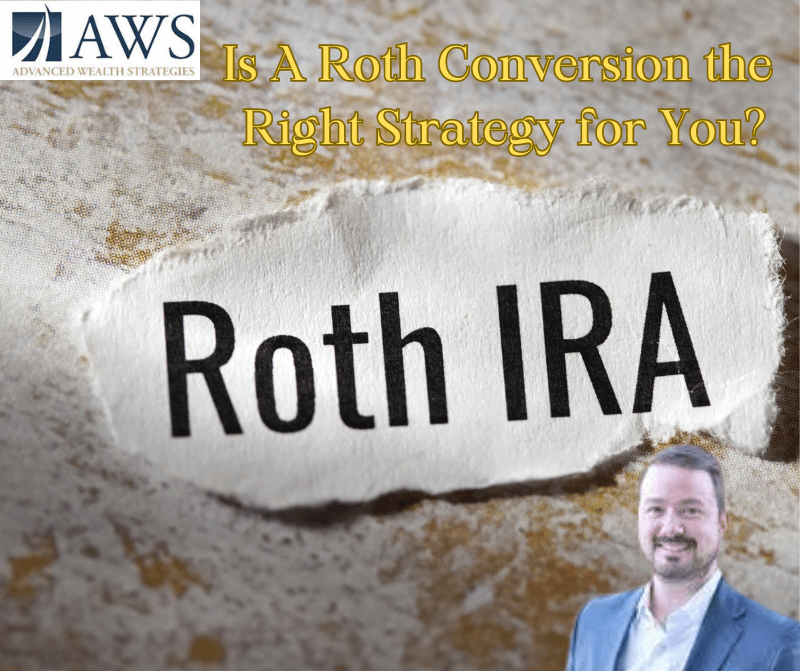LKN Live Music Scene w/ Colin Furcht – December 19, 2025
- LKN Music Scene

Planning for retirement today requires more than just saving money—it demands a comprehensive strategy that considers longevity, market volatility, rising taxes, healthcare costs, and asset protection. Each of the five pillars outlined—Retirement Planning, Wealth Accumulation, Tax Planning, Asset Protection, and Asset-Based Long-Term Care—work together to create a resilient financial plan that can adapt to life’s changes. By addressing income needs, growing and safeguarding wealth, reducing tax burdens, and preparing for unexpected health expenses, you position yourself and your loved ones for lasting peace of mind and financial independence throughout retirement
RETIREMENT PLANNING Retirement income plans are not just for the wealthy. As you near retirement, the traditional strategy has been to move growth-seeking products to more conservative fixed-income products. This may have worked fine back when retirement was only expected to last five to ten years. These days, however, people are living longer. It’s not unusual for someone retiring at age 65 to live to age 90 or longer. Consider that you may need to plan for your nest egg to last potentially 25 to 30 years.
WEALTH ACCUMULATION Time doesn’t stand still, and neither does money. That’s why you can use time to your advantage when investing for wealth accumulation. The longer you invest, the more time your money must compound interest. If your portfolio has not fully recovered from losses in recent years, you may wish to consider a more aggressive allocation to make up for lost ground and get back on track to accumulating wealth. However, given recent lessons learned in stock market investing, it is important to remember that more conservative retirement plans typically have only a portion of the assets invested in the stock market. Other allocations should be set aside for more conservative investments and/or secured income contracts. After all, the last thing you want to do is lose wealth during the next market correction.
TAX PLANNING In the U.S., we have entered an environment of rising taxes. That’s why it’s important now, more than ever before, to incorporate tax planning into your portfolio and all of your financial decisions. Investing in a tax-deferred vehicle means your money will compound interest for years, unfettered by income taxes, allowing it to earn interest at a faster rate. While very few investments avoid taxes altogether, many allow you to defer paying them until retirement – when you may be in a lower tax bracket.
ASSET PROTECTION In recent years, we’ve seen that aggressive and conservative products, both domestic and global, can move in tandem with one another. In other words, we have experienced market scenarios in which there is very little safety anywhere—even for diversified portfolios. Twenty-first century asset protection calls for more than just strategic asset allocation. Product allocation—buying instruments that can protect your portfolio from negative returns early in retirement—is generally considered a more effective means of protecting assets. Diversifying your retirement assets among a variety of vehicles—both insurance and investment oriented, depending on what is appropriate for your situation—may offer you the best chance of meeting your retirement income goals throughout your lifespan.
ASSET-BASED LONG-TERM CARE Solely focusing on the growth of your portfolio is only solving half the retirement equation. The costs associated with a chronic illness or disability poses the biggest liability to every retiree in the U.S. and can be devastating to one’s financial plan. However, traditional insurance options have discernible drawbacks, mainly in the form of expensive lifelong premiums and no guarantee that you or your family will ever use the benefits. In response, most people decide to “self-insure”, leaving all their assets susceptible to the costs of a long-term care scenario. We can show you how to more effectively leverage this “self-insuring” technique and how you or your family can utilize a long-term care policy without ever having to pay a single premium.


Visit Advanced Wealth Strategies

Investment Advisory Services offered through EverStar Asset Management, LLC., a SEC Registered Investment Adviser. EverStar Asset Management, LLC and Advanced Wealth Strategies, Inc. are independent entities. SEC registration does not constitute an endorsement of the firm by the Commission, nor does it indicate that the advisor has attained a particular level or skill or ability.


